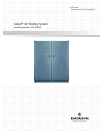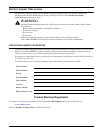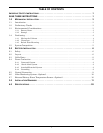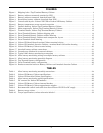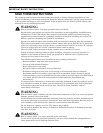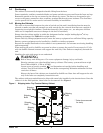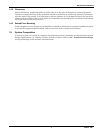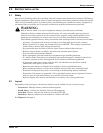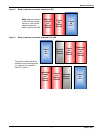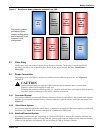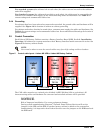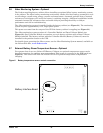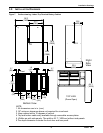
1Liebert
®
NX
™
IMPORTANT SAFETY INSTRUCTIONS
SAVE THESE INSTRUCTIONS
This manual contains important instructions that should be followed during installation of your
Liebert NX Battery Cabinet and accessories. Read this manual thoroughly, paying special attention
to the sections that apply to your installation, before working with the battery system. Retain this
manual for use by installing personnel.
!
WARNING
Risk of electrical shock. Can cause personal injury and death.
Special safety precautions are required for procedures involving handling, installation and
maintenance of the UPS system. Only properly trained and qualified personnel wearing
appropriate personal protective equipment should be involved in installing the Liebert NX
Battery system or preparing the system for installation.
Special care must be taken when working with the batteries associated with this equipment.
When connected together, the battery terminal voltage will exceed 400VDC and is potentially
lethal. Be constantly aware that the battery system contains high DC as well as AC voltages.
Check for voltage with AC and DC voltmeters before making contact.
Observe all DC safety precautions before working on or near the DC system.
Follow all battery safety precautions when installing, charging or servicing batteries. In
addition to the hazard of electric shock, gas produced by batteries can be explosive and
sulfuric acid can cause severe burns.
The following precautions must be observed when working on batteries:
• Remove watches, rings and other metal objects.
• Use tools with insulated handles.
• Wear rubber gloves and boots.
• Do not lay tools or metal parts on top of batteries.
• Disconnect charging source prior to connecting or disconnecting battery terminals.
• Determine whether the battery is grounded. If it is grounded, remove source of ground.
Contact with any part of a grounded battery can result in electrical shock. The likelihood of
such shock will be reduced if such grounds are removed during installation and
maintenance.
If a battery leaks electrolyte, or is otherwise physically damaged, it must be replaced, stored
in a container resistant to sulfuric acid and disposed of in accordance with local regulations.
If electrolyte comes into contact with the skin, the affected area should be washed
immediately with water.
!
WARNING
Risk of electric shock, explosive reaction, hazardous chemicals and fire. Can cause equipment
damage, personal injury and death.
Lead-acid batteries contain hazardous materials. Batteries must be handled, transported and
recycled or discarded in accordance with federal, state and local regulations. Because lead is a
toxic substance, lead-acid batteries must be recycled rather than discarded.
Do not dispose of a battery in a fire. The battery may explode.
Do not open or mutilate the battery or batteries. Released electrolyte is harmful to the skin
and eyes. It is toxic.
!
WARNING
Risk of electric shock. Can cause personal injury and death.
In case of fire involving electrical equipment, use only carbon dioxide fire extinguishers or
those approved for use in fighting electrical fires.



